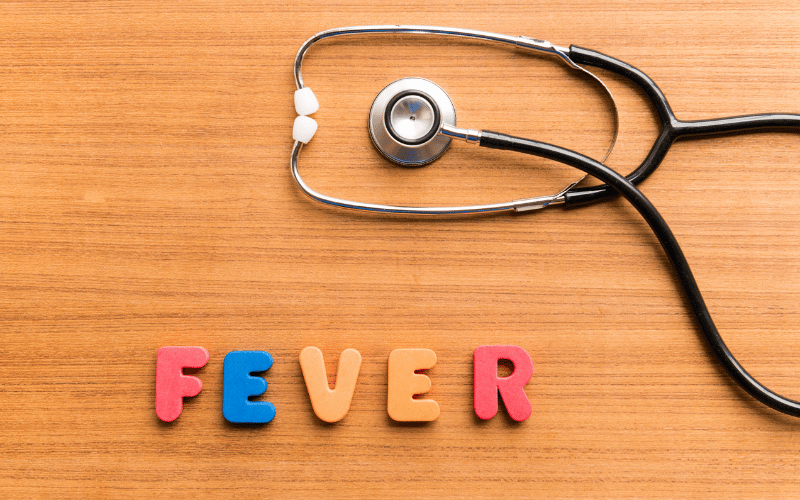Symptom 7: Fever

Fever, a universal sign of the body fighting off an infection or inflammation, might seem out of place in a discussion about hernias. Yet, it’s not uncommon for individuals with an umbilical hernia to run a fever. But how are the two connected? A fever, especially when coupled with an umbilical hernia, might hint at complications like strangulation or incarceration, where the herniated tissue gets trapped and can’t be pushed back in. This entrapment can lead to reduced blood flow, tissue inflammation, and eventually, an infection, all of which can cause the body’s temperature to spike.
Unlike the regular fevers that might accompany a cold or the flu, a fever associated with a hernia complication has its own tale to tell. It might be persistent, refusing to break even with over-the-counter fever reducers. Accompanying this fever could be a series of other symptoms – increased pain at the hernia site, redness, and warmth over the affected area, and an intensifying of the previously discussed symptoms like constipation or a burning sensation. It’s this constellation of signs, revolving around the fever, that elevates the concern from a simple body temperature spike to a potential hernia complication.
All fevers warrant attention, but in the context of an umbilical hernia, it becomes a clarion call for prompt medical intervention. A fever could indicate a strangulated hernia, one of the most severe complications. When the herniated tissue loses its blood supply due to entrapment, it can lead to tissue death, an event that can have dire consequences if not addressed immediately. The fever, in this scenario, is the body’s distress signal, alerting one to the crisis unfolding within.(7)